Pronouns Worksheets for Sixth Grade
Pronouns are a fundamental component of language and communication, and their correct usage is crucial for effective expression. For sixth grade students who are on the cusp of middle school, mastering pronouns is not only important for their language skills but also for their future academic success. Whether they're learning about personal pronouns, possessive pronouns, or reflexive pronouns, having access to high-quality and engaging worksheets can greatly aid in honing their understanding and application of these key grammatical elements.
Table of Images 👆
More Other Worksheets
Kindergarten Worksheet My RoomSpanish Verb Worksheets
Cooking Vocabulary Worksheet
DNA Code Worksheet
Meiosis Worksheet Answer Key
Art Handouts and Worksheets
7 Elements of Art Worksheets
All Amendment Worksheet
Symmetry Art Worksheets
Daily Meal Planning Worksheet
What is a pronoun?
A pronoun is a word that can function as a noun in a sentence and is used to replace a noun to avoid repetition. Pronouns can refer to people, places, things, or ideas. Some common pronouns include he, she, we, they, it, me, and you.
What are the different types of pronouns?
The different types of pronouns include personal pronouns (e.g. I, you, he, she, it), possessive pronouns (e.g. mine, yours, his, hers), demonstrative pronouns (e.g. this, that, these, those), reflexive pronouns (e.g. myself, yourself, himself), relative pronouns (e.g. who, which, that), interrogative pronouns (e.g. who, what, which), indefinite pronouns (e.g. everyone, anybody, nothing), and reciprocal pronouns (e.g. each other, one another).
How do we use personal pronouns?
Personal pronouns are used to refer to individuals in a conversation or written text. They include words like "I," "you," "he," "she," "it," "we," and "they." We use personal pronouns to replace nouns in order to avoid repetition, make sentences flow more smoothly, and create a sense of connection between individuals in communication. Personal pronouns also reflect the relationship between the speaker and the listener, helping to clarify who is being referred to.
Can you give examples of possessive pronouns?
Sure! Some examples of possessive pronouns are mine, yours, his, hers, its, ours, and theirs.
What are reflexive pronouns?
Reflexive pronouns are pronouns that refer back to the subject of the sentence and are used to show that the action of the verb affects the subject itself. Some examples of reflexive pronouns are: myself, yourself, himself, herself, itself, ourselves, yourselves, and themselves.
How do we use demonstrative pronouns?
Demonstrative pronouns are used to point to specific things or people. They indicate whether something is near or far in distance or time. For example, "this" and "these" are used for things that are close by, while "that" and "those" are used for things that are farther away. They help provide clarity and specificity in communication by referring to a particular object or person in a conversation.
Can you provide examples of indefinite pronouns?
Sure! Some examples of indefinite pronouns include "someone," "anything," "everyone," "nothing," "everyone," "somebody," "anybody," "no one," "each," "either," and "neither.
What are interrogative pronouns?
Interrogative pronouns are a type of pronoun used specifically to ask questions, such as "who," "whom," "what," "which," and "whose." These pronouns are used to inquire about a person, thing, or characteristic and are essential for forming interrogative sentences.
How do we use relative pronouns?
Relative pronouns are words like "who," "whom," "whose," "which," and "that" that are used to connect clauses or phrases in a sentence. They refer back to a noun mentioned earlier in the sentence and introduce a relative clause that provides additional information about that noun. To use relative pronouns correctly, make sure that they agree in number and gender with the noun they are referencing, and place them at the beginning of the relative clause to connect it to the main clause effectively.
Can you give examples of pronoun-antecedent agreement errors?
Sure! Examples of pronoun-antecedent agreement errors include sentences like: "Every student must complete their homework," where "every student" is singular but "their" is plural, or "The company announced that they are expanding," where "the company" is singular but "they" is plural. These errors occur when the pronoun does not agree in number (singular or plural) with its antecedent (the noun it is referring to).
Have something to share?
Who is Worksheeto?
At Worksheeto, we are committed to delivering an extensive and varied portfolio of superior quality worksheets, designed to address the educational demands of students, educators, and parents.

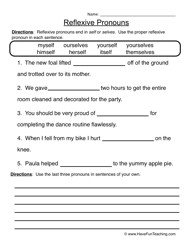



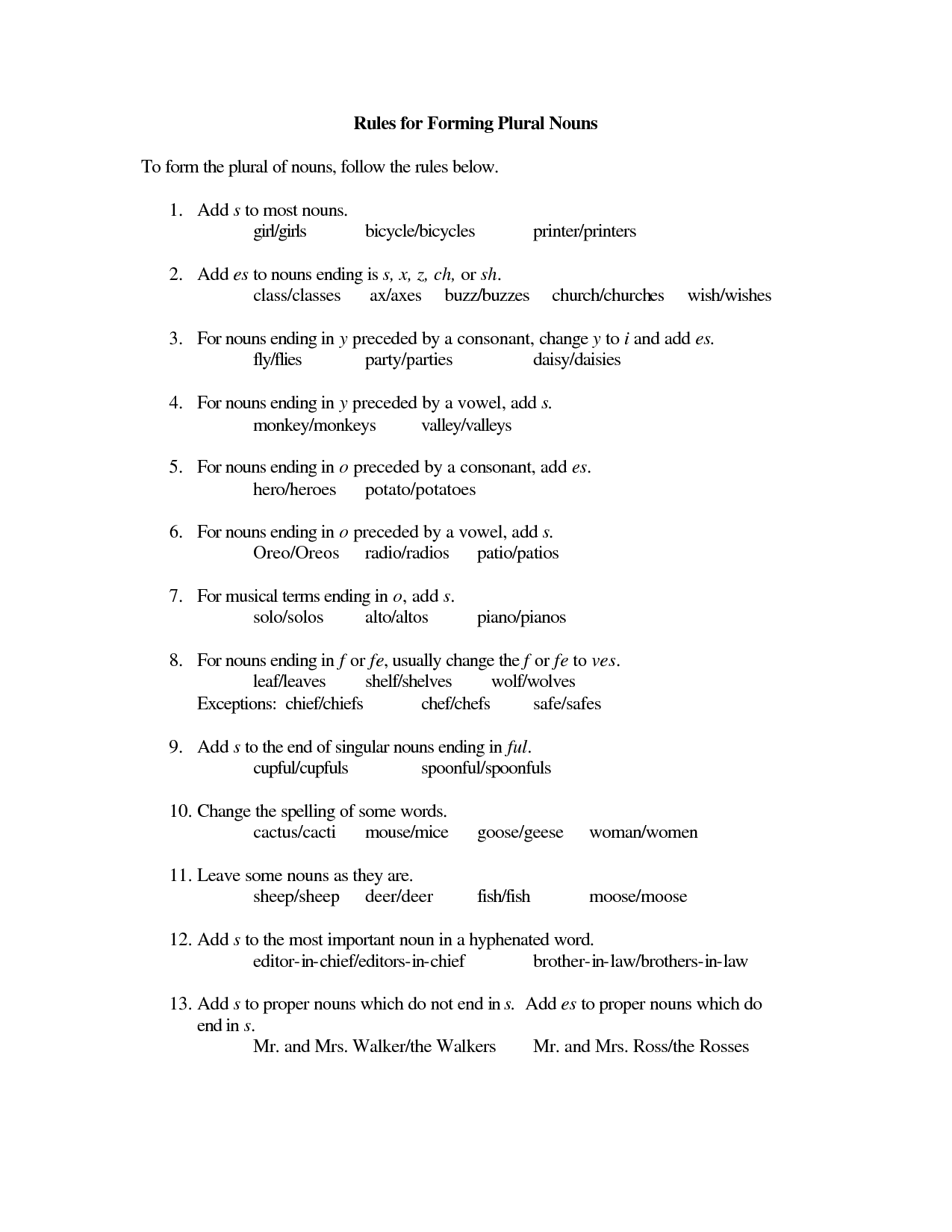
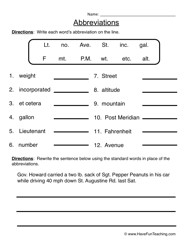
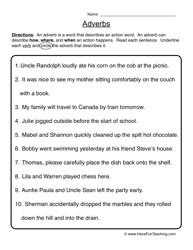
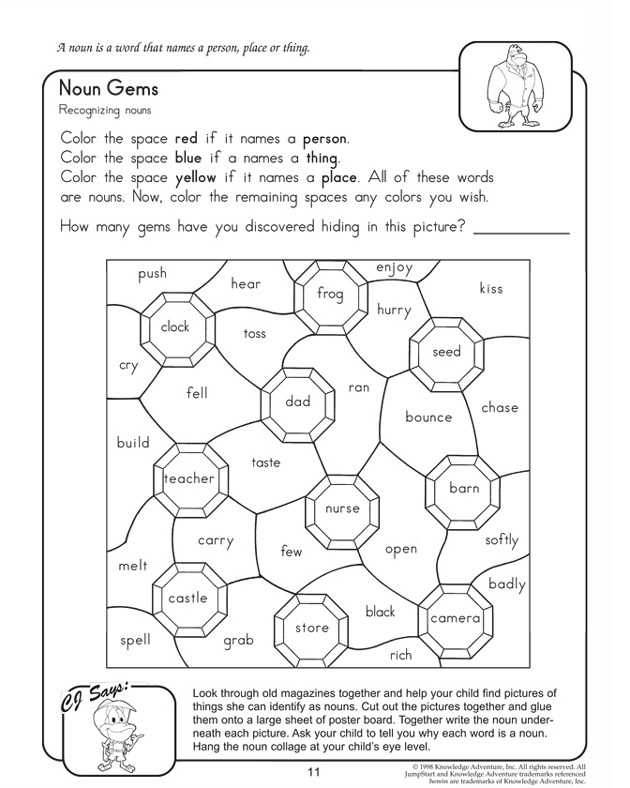
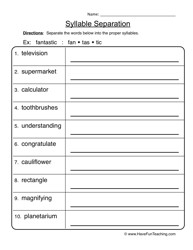
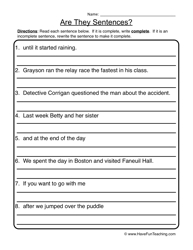
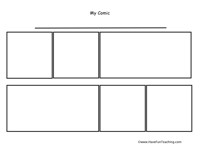
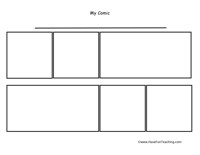
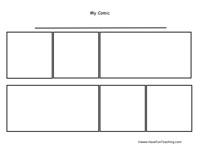
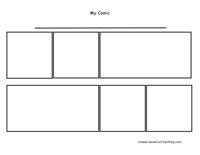
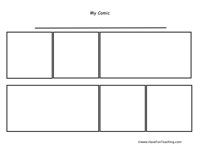
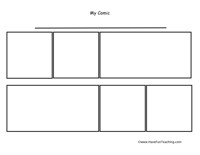
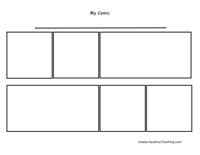
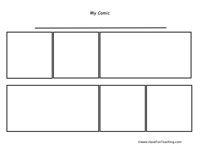
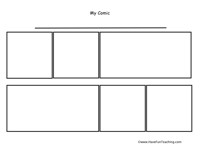














Comments